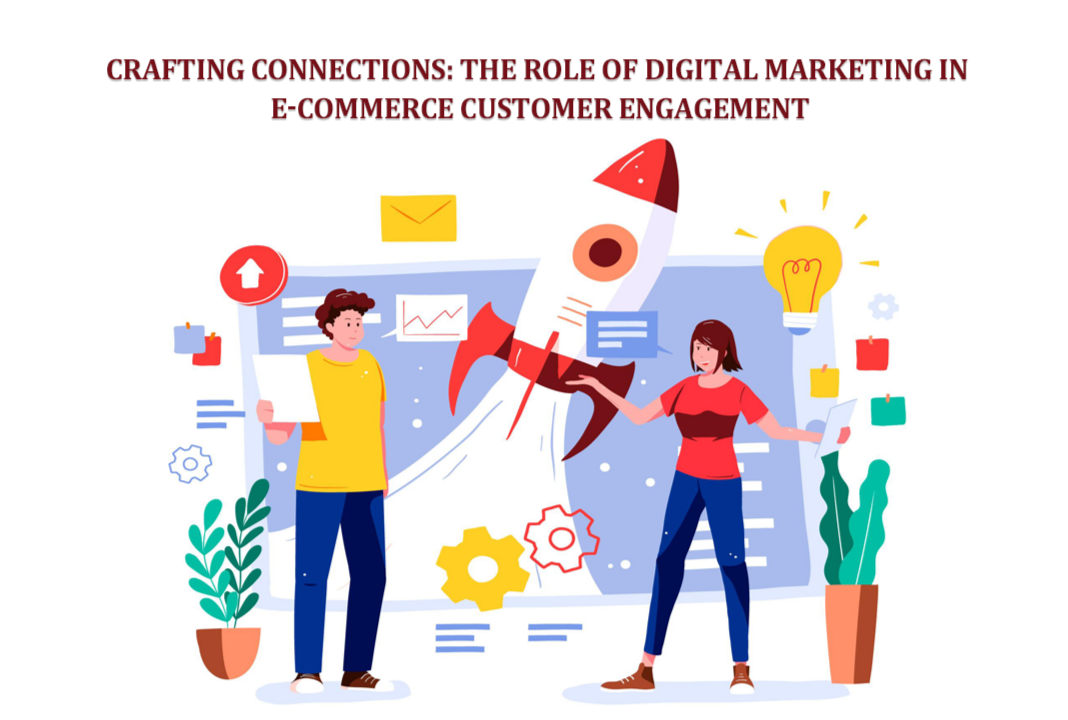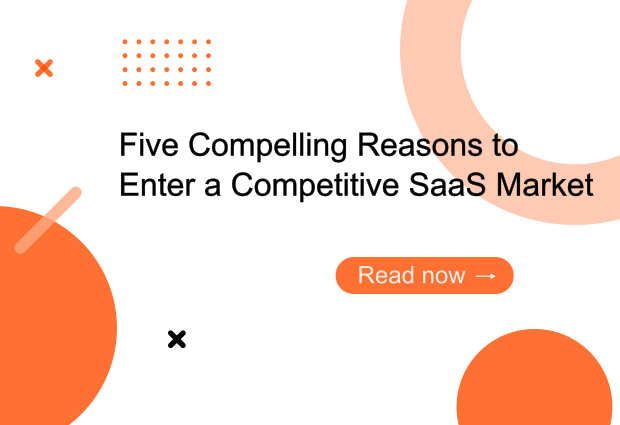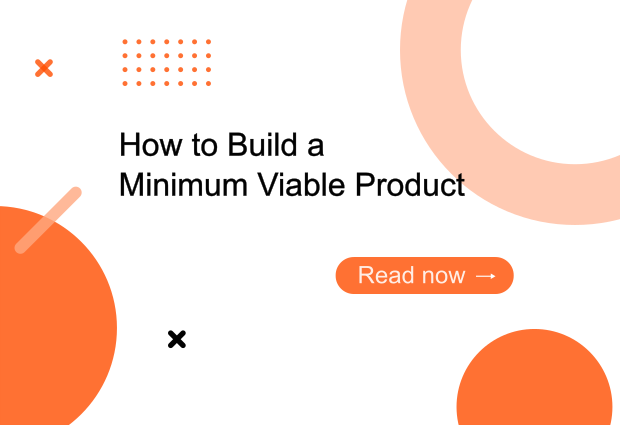How to Build a Minimum Viable Product
Launching a new software product can be a daunting task, especially when resources are limited. Enter the concept of the Minimum Viable Product (MVP). This lean approach allows startups to quickly validate their product idea with minimal resources, reducing risk and maximizing learning.
In this article, we will explore the essential steps to build an MVP and ensure your SaaS venture is on the path to success.
1. Define the Problem
The foundation of any successful product is a well-defined problem. Start by identifying a specific issue that your target audience faces. Conduct thorough market research, surveys, and interviews to understand the pain points of your potential customers.
- Analyze existing solutions and their shortcomings.
- Create a problem statement that clearly defines the issue.
- Conduct surveys and interviews. Most social media platforms allow you to run polls.
2. Identify Your Target Audience
Knowing who will use your product is crucial. Define your target audience based on demographics, behavior, and needs. This will help tailor your MVP to meet the specific demands of your potential users.
- Create user personas to represent different segments of your target audience.
- Conduct user interviews to gather insights and feedback.
- Use analytics tools to track user behavior on your landing page or website.
3. Define the Core Features
An MVP should include only the essential features that solve the core problem. Avoid the temptation to add extra features that can delay the launch. Focus on delivering the primary value to your users.
- List all possible features and prioritize them based on importance.
- Use the MoSCoW method (Must have, Should have, Could have, Won’t have) to categorize features.
- Create a feature roadmap for future iterations.
4. Build a Prototype
Before developing the MVP, create a prototype to visualize the product and gather early feedback. This can be a simple wireframe or a more detailed mockup.
- Use prototyping tools like Figma or InVision to design the user interface.
- Conduct usability tests with potential users to validate the design.
- Iterate on the prototype based on early users feedback.
5. Develop the MVP
Once the prototype is validated, it's time to start building the MVP. Focus on developing the core features and functionality that address the identified problem.
- Choose the right technology stack based on your product requirements.
- Assemble a development team with the necessary skills. You can find developers on finddev.sh
- Use agile development methodologies to iterate quickly and adapt to changes.
- Continuously test the MVP throughout the development process.
6. Launch and Measure
Once the MVP is developed, launch it to a select group of users. This initial launch will help gather crucial data and insights about user behavior and product performance.
- Use analytics tools to track user interactions and key metrics.
- Collect feedback through surveys, interviews, and support channels.
- Monitor critical KPIs such as user engagement, retention, and satisfaction.
7. Iterate Based on Feedback
The feedback from your MVP launch is invaluable. Use it to identify areas of improvement and iterate on your product. This cycle of feedback and iteration is essential for refining your product and ensuring it meets user needs.
- Analyze the feedback and identify common themes and issues.
- Prioritize changes and improvements based on user impact and feasibility.
- Implement changes in quick, iterative cycles to continuously improve the product.
Conclusion
Building an MVP is a strategic approach to launching a product with limited resources while maximizing learning and minimizing risk. By focusing on the core problem, defining your target audience, and iterating based on real user feedback, you can create a product that truly resonates with your market. Remember, an MVP is not the final product but a stepping stone towards building a successful and scalable solution.





